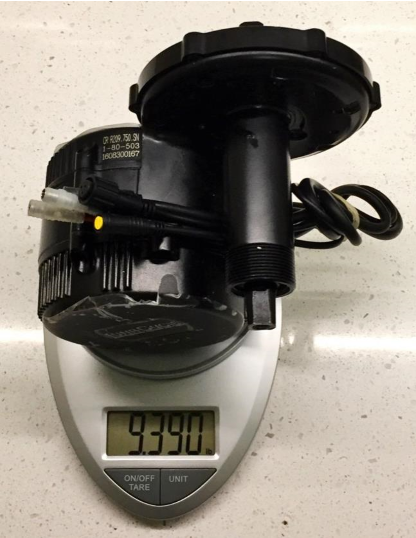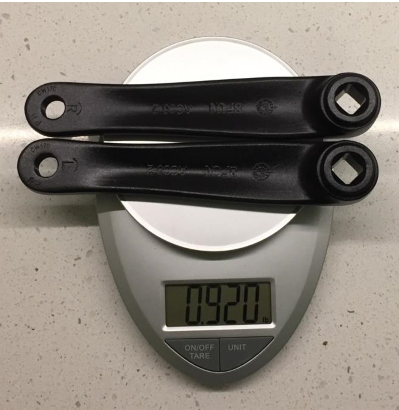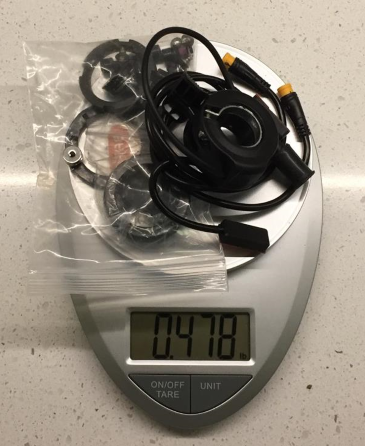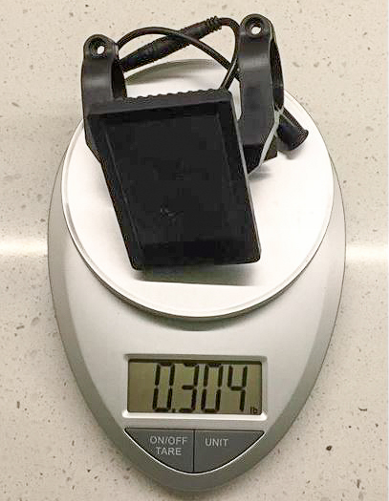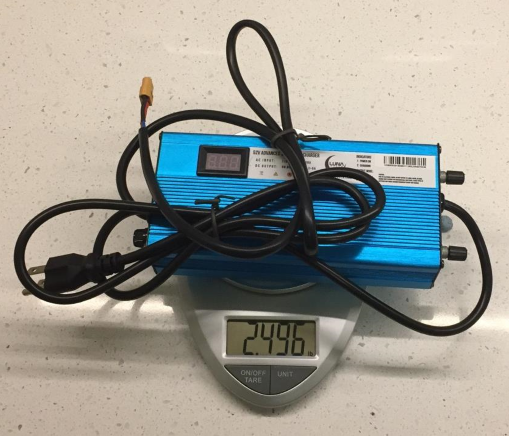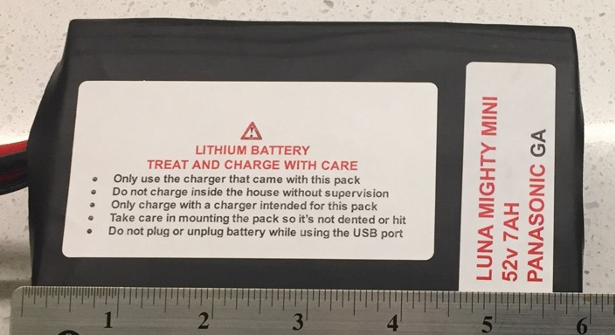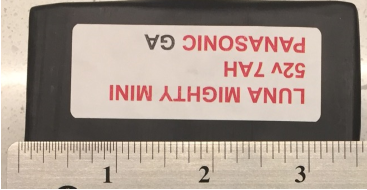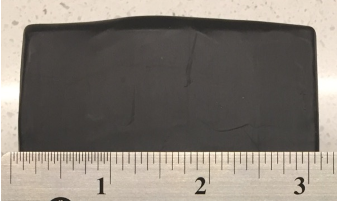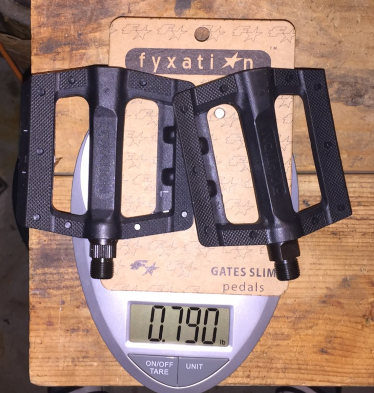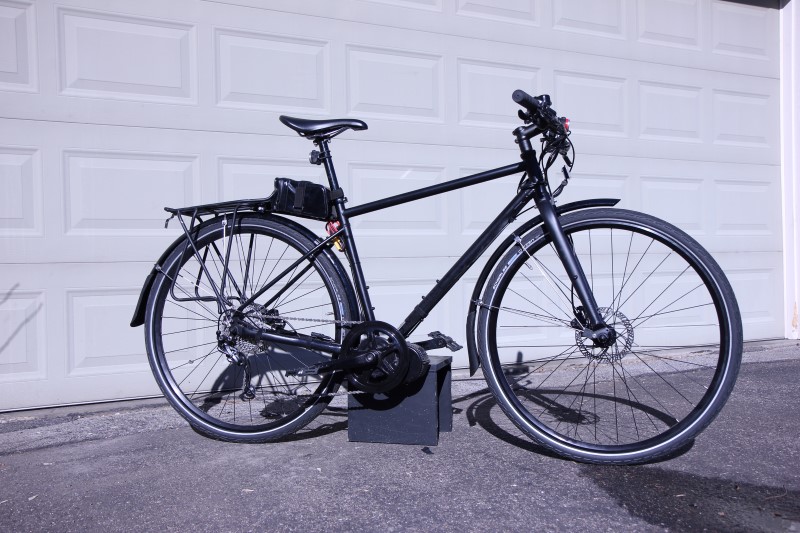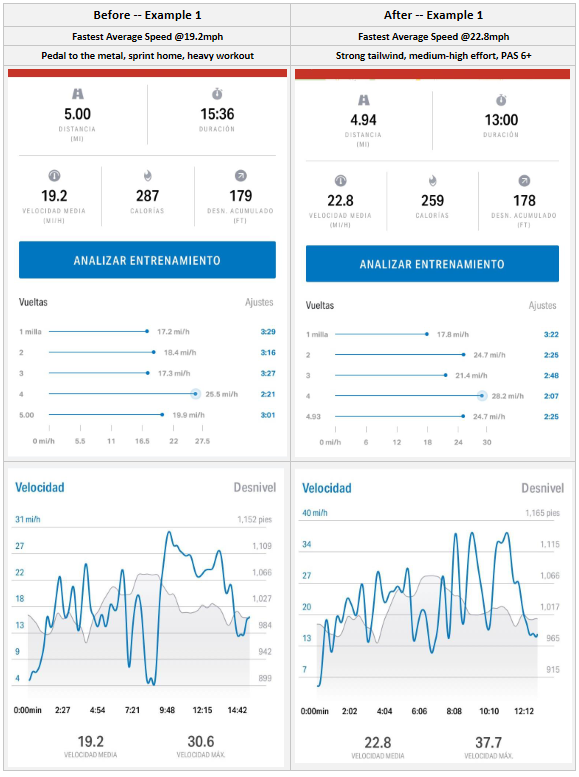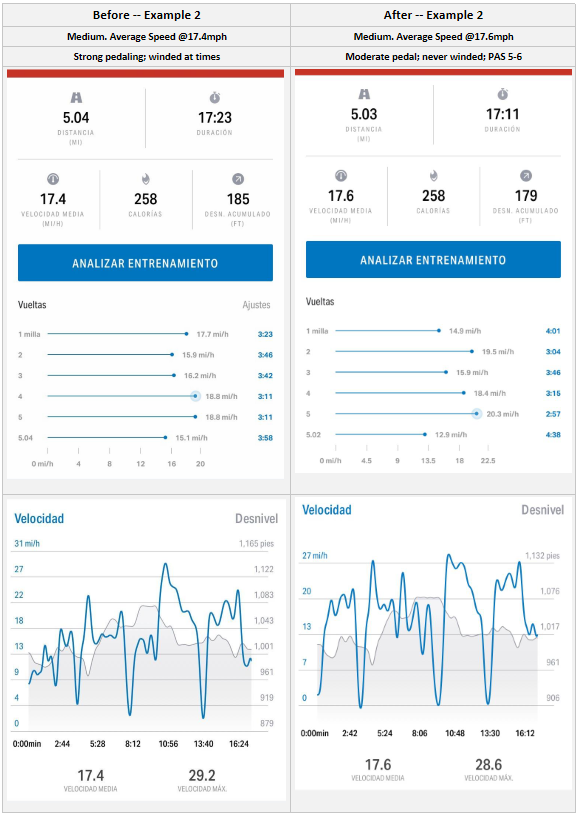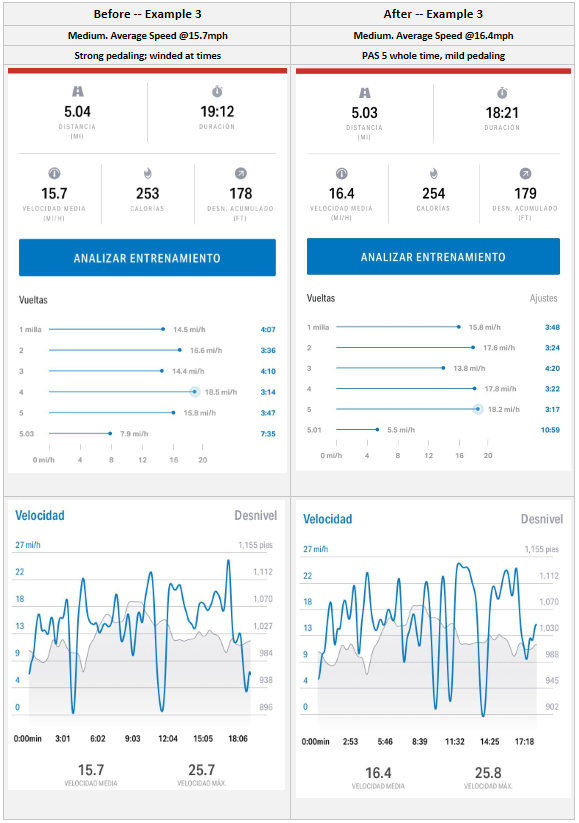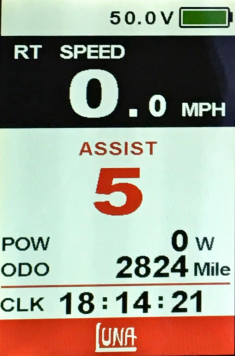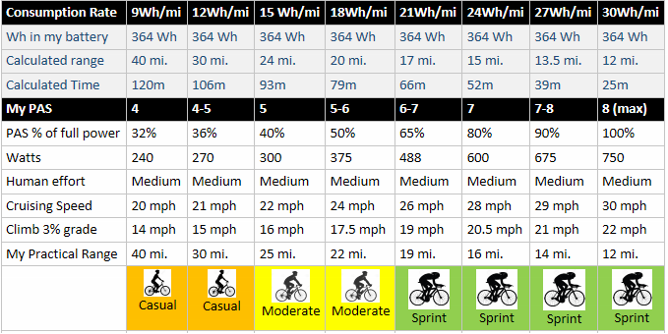PacoMarkE
10 mW
[pre][/pre]
PAS Behavior
I wanted to publish some numbers on how my Pedal Assist settings propel the bike with no effort. I went out a few weeks ago and collected some readings. Here was the set up:

DPC-14 display set to 3-level PAS

Take a grain of salt with the blue Observations area. This was me simply getting a number of quick looks to the display and getting a feel for low/high/peak watts and speed while riding. I was on a closed 0.5 mile course but I did have some corners and curves to manage. As I went faster my observation count decreased because, frankly, it was dangerous. Feel free to peruse the numbers but here are a few conclusions I've made:
Conclusion #1
When I'm in 3-level PAS mode there is no way PAS 2 is mapping to my Controller's #6 as page 11 in the DPC-14 manual indicates. I've programmed a substantial power difference (40% vs 60%) between my PAS 5 and 6. In this test PAS 2 behaved almost exactly like my Controller's #5 setting. I think the dpc-14 manual is not entirely accurate and that a better approximation is that controller levels 3, 5, and 9 are used. It turns out this works really well for me because if you look at my PAS 1-9 settings in the controller programming (prior post) this means in 3-level PAS mode I get an increase in power in each level: 25%, 40%, 50%. That's about 350 watts at most and is enough to get someone up to around 20mph but not much beyond without substantial pedaling.
Conclusion #2
In the 9-level test it looks like I reached max rpm for the motor in PAS level 7 and 8. Note the max speed is nearly identical but the average speed is faster in PAS 8. That makes sense because PAS 8 accelerated me faster and was able to maintain a higher average in corners and against the bit of wind I faced during the test but topped out at the same speed as PAS 7 due to reaching the rpm max. I could prove this out by repeating the test in a higher gear to avoid reaching max rpm. But I don't think I'm that interested to find out. My PAS 8 in a higher gear probably has oomph to get me to a 25mph max rather than the reported 23.
Conclusion #3
Extending observation #2, I deduced the max rpm for the motor is about 120. First I took the cadence chart for my bike (see below) and computed what the cadence must have been to support the listed average and max speed I obtained in the test -- see columns P and Q in the above PAS 1-9 table. From that I deduced a max rpm around 120. Then I computed the expected max rpm I should get in each of my PAS levels by multiplying 120 times the Speed Limit [%] which (I've read) limits motor rpm -- that's column R. If we look at levels 1-4, where I have programmed a Speed Limit [%] less than 100%, the expected rpm computed from the controller's settings matched pretty closely to the actual max rpm's that I computed from road speed (columns Q and R are pretty close). In cases where I never reached the expected max rpm (e.g. PAS levels 5,6, and 9) I probably just didn't have enough current to support the motor spinning at max. I know that's kind of wordy so let's take PAS 4 as an example. The dpc-14 display reported mph max was 18.1mph (col O). With my bike and the gearing I used that mph requires 97rpm (col Q). The controller speed limit for PAS 4 is set to 75% (col E). 75% of 120rpm is 90rpm (col R) which is close.
Partial cadence chart for my bike, I rode in my gear 5 which is 48x21.

Section 11 from the DPC-14 manual
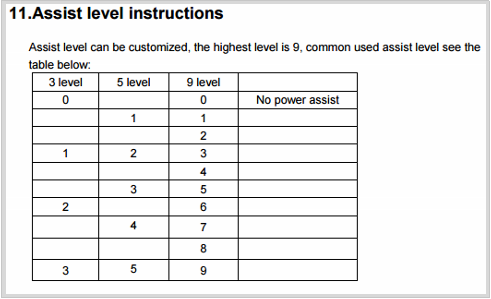
PAS Behavior
I wanted to publish some numbers on how my Pedal Assist settings propel the bike with no effort. I went out a few weeks ago and collected some readings. Here was the set up:
- I used my middle gear, #5, 48x21 gearing, outside tire diameter is 27.5 inches
- Speed limit settings in controller all set to "By Display's Command"
- Speed limit in dpc-14 display set to 99km/h
- Started with full 80% charge at about 54v, went down to about 45v at end of test
- Providing no pedal power, just spin pedal to keep PAS engaged
- Temp: 37 degrees, flat .5 mile circular course, 12mph wind

DPC-14 display set to 3-level PAS

Take a grain of salt with the blue Observations area. This was me simply getting a number of quick looks to the display and getting a feel for low/high/peak watts and speed while riding. I was on a closed 0.5 mile course but I did have some corners and curves to manage. As I went faster my observation count decreased because, frankly, it was dangerous. Feel free to peruse the numbers but here are a few conclusions I've made:
Conclusion #1
When I'm in 3-level PAS mode there is no way PAS 2 is mapping to my Controller's #6 as page 11 in the DPC-14 manual indicates. I've programmed a substantial power difference (40% vs 60%) between my PAS 5 and 6. In this test PAS 2 behaved almost exactly like my Controller's #5 setting. I think the dpc-14 manual is not entirely accurate and that a better approximation is that controller levels 3, 5, and 9 are used. It turns out this works really well for me because if you look at my PAS 1-9 settings in the controller programming (prior post) this means in 3-level PAS mode I get an increase in power in each level: 25%, 40%, 50%. That's about 350 watts at most and is enough to get someone up to around 20mph but not much beyond without substantial pedaling.
Conclusion #2
In the 9-level test it looks like I reached max rpm for the motor in PAS level 7 and 8. Note the max speed is nearly identical but the average speed is faster in PAS 8. That makes sense because PAS 8 accelerated me faster and was able to maintain a higher average in corners and against the bit of wind I faced during the test but topped out at the same speed as PAS 7 due to reaching the rpm max. I could prove this out by repeating the test in a higher gear to avoid reaching max rpm. But I don't think I'm that interested to find out. My PAS 8 in a higher gear probably has oomph to get me to a 25mph max rather than the reported 23.
Conclusion #3
Extending observation #2, I deduced the max rpm for the motor is about 120. First I took the cadence chart for my bike (see below) and computed what the cadence must have been to support the listed average and max speed I obtained in the test -- see columns P and Q in the above PAS 1-9 table. From that I deduced a max rpm around 120. Then I computed the expected max rpm I should get in each of my PAS levels by multiplying 120 times the Speed Limit [%] which (I've read) limits motor rpm -- that's column R. If we look at levels 1-4, where I have programmed a Speed Limit [%] less than 100%, the expected rpm computed from the controller's settings matched pretty closely to the actual max rpm's that I computed from road speed (columns Q and R are pretty close). In cases where I never reached the expected max rpm (e.g. PAS levels 5,6, and 9) I probably just didn't have enough current to support the motor spinning at max. I know that's kind of wordy so let's take PAS 4 as an example. The dpc-14 display reported mph max was 18.1mph (col O). With my bike and the gearing I used that mph requires 97rpm (col Q). The controller speed limit for PAS 4 is set to 75% (col E). 75% of 120rpm is 90rpm (col R) which is close.
Partial cadence chart for my bike, I rode in my gear 5 which is 48x21.

Section 11 from the DPC-14 manual



